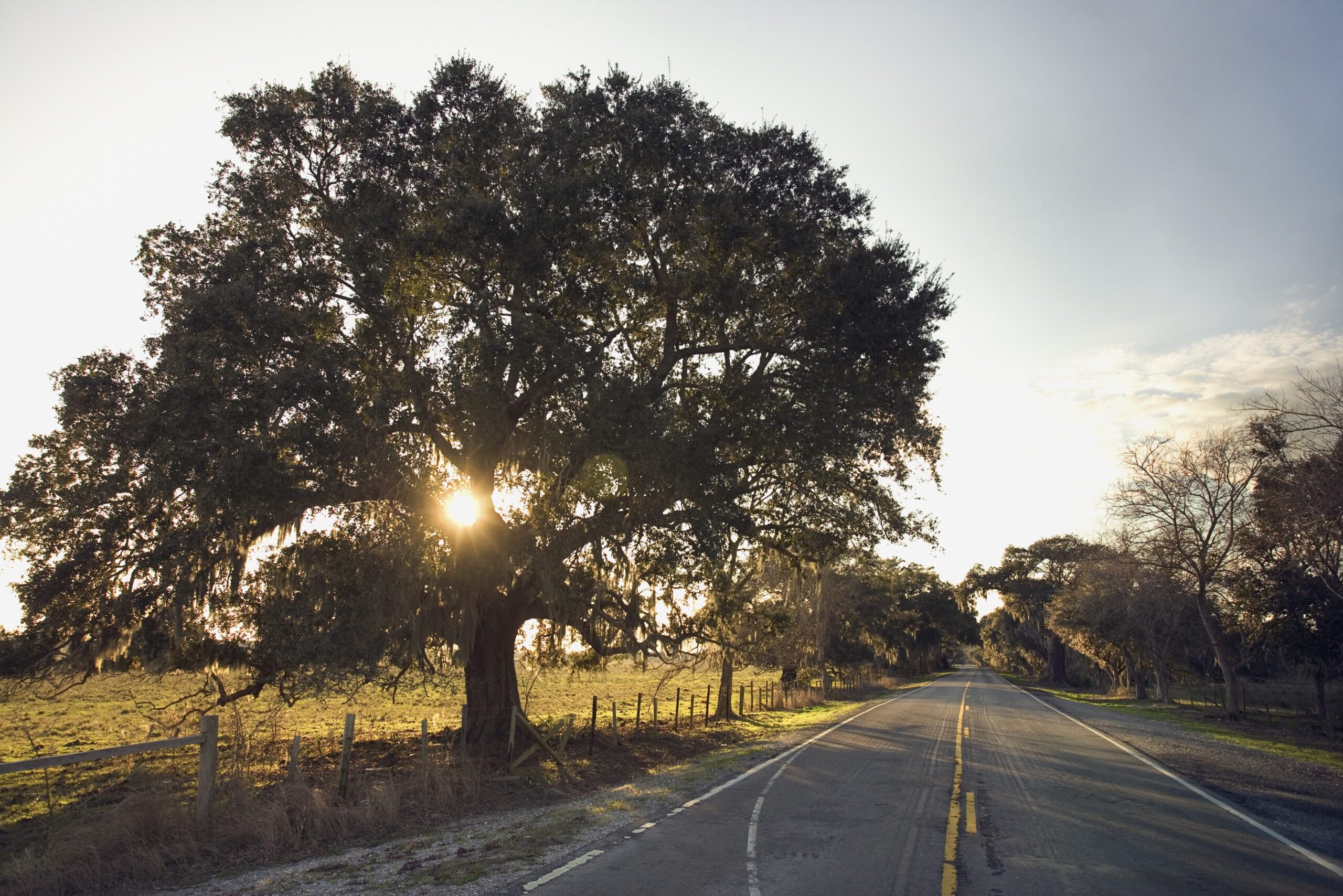
Internet Service Providers Across the Country Share Stories About Pole Access Issues
Too many unserved households, small businesses, and schools are still awaiting connectivity due to excessive costs and needless delays that internet service providers (ISPs) face when attaching to poles.
Armstrong Cable (PA)
Source: ACA Ex Parte Filing
- “…utilities often fail to provide any explanation for the significant increases in project costs on the final bill and do not provide the information necessary to challenge the reasonableness of the make-ready charges. Mr. Shawn Beqaj (Armstrong) provided examples where a utility charged a new attacher for the correction of preexisting safety violations caused by others or for overdue improvements designed to bring poles into compliance with utility regulations.”
California Fiber ISP (CA)
Source: SHLB Comments to FCC
- “A California fiber ISP whose mission is to bring fiber broadband networks to rural and remote areas experienced serious time delays and a large increase in project expenses when an investor-owned utility revealed that hundreds of its poles in some very rural and remote areas did not have test and treat survey inspections in a decade or more. This caused substantial delays in bringing broadband service to unserved communities during the COVID-19 pandemic.”
Crown Castle (IL)
Source: NCTA Petition to FCC
- “ComEd refused to permit Crown Castle to attach to poles that had been ‘red tagged’ by ComEd until Crown Castle first pays to replace or reinforce those red tagged poles, even though the conditions that caused the red tag status existed prior to and are unrelated to Crown Castle’s proposed attachment.”
Dubois County, IN
Source: Dubois County Free Press
- “This make-ready portion of the buildout is estimated to cost about $4.35 million according to Dubois REC, the owner of the poles. The $2.5 million in funding will offset that cost. Once the agreement is finalized with the entities involved, Dubois REC will begin the study of about 20,000 utility poles to determine their suitability for being used to run the fiber through the county. Providers have stated this make-ready study and deployment could cut the broadband expansion through the area from up to seven years down to two years.”
IdeaTek (KS)
Source: INCOMPAS Comments to FCC
- “INCOMPAS’ member IdeaTek, which operates in rural Kansas…has been allocated 100 percent of the replacement costs on applications that require make-ready and pole replacement, with no consideration given to the enrichment and benefit this confers to the utility or the current value or condition of the pole.”
Lumos Network (WV)
Source: NCTA Petition to FCC
- “…[Lumos Network] regularly encountered situations to absorb the entire cost of survey and make-ready work merely because it happened to be the first attacher requesting access to a certain route or to certain pole lines…pole owners typically expect the new attacher to pay all of the costs of make-ready and will then often seek additional remuneration from existing attachers for costs they already recouped.”
Mediacom (MN)
Source: ACA Comments to FCC
- “…an investor-owned utility in Minnesota charged Mediacom to fix violations on poles to which Mediacom had been attached for 20 years caused by the utility moving its equipment during pre-make-ready inspections for a new attacher.”
MetroNet (IN)
Source: ACA Comments to FCC
- “MetroNet…has been waiting more than a year for approval of applications for 160 pole attachments because the one employee responsible for reviewing applications was out on extended medical leave.”
NLBC (IN)
Source: ACA Connects Comments to FCC
- “[w]hen utilities’ poles must be replaced to accommodate NLBC attachment requests, it is our experience that the two IOUs in our service area give no consideration in assessing the charges regarding the age of the pole or whether it is scheduled to be replaced; these two IOUs always seem to recover – or seek to recover – the entire cost of the replacement from us as a new attacher. Thus, the pole owners similarly do not take into account the benefit that the new pole may create for the utility (or other attachers).”
SECTV (PA, NJ)
Source: ACA Connects Comments to FCC
- “Similarly, in 2021, SECTV reports that a utility planned to charge it more than $10,000 to replace a more-than-fifty-year-old pole, almost 30% of the total make-ready costs for a project to reach eleven residents.”
SLIC Network Solutions (NY)
Source: New Yorker
- “…a rule change required the company [SLIC Network Solutions] to pay a contractor to survey utility poles, pay anywhere from six thousand to eighteen thousand dollars to replace each one, and then pay the utility company a yearly fee to remain attached to the pole. In addition, the state is now requiring fiber-optic companies like Slic to pay property tax on every utility pole on private property…as a consequence, in many cases, the cost per mile has gone from four thousand dollars to more than thirty thousand dollars.”
Uniti (PA)
Source: INCOMPAS Comments to FCC
- “In the case of Uniti, one utility in Pennsylvania developed its own pole attachment safety standards and refused to share or disclose with the company what those exact standards were. In response, Uniti requested a copy of the utility’s standards in hopes of developing a better understanding of the applicable specifications so that they could correctly design their build according to these requirements. To date, the utility has refused.”
Download CTF’s ISP Stories here.